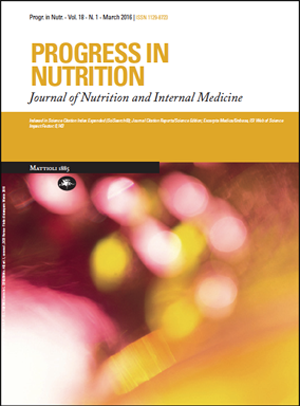In vitro callus propagation and antibacterial activities of callus an edible endemic and medicinal plant Scutellaria orientalis L. subsp. bicolor
Main Article Content
Keywords
Scutellaria orientalis subsp. bicolor, Callus, Antibacterial activity
Abstract
In vitro callus propagation is extremely important both for generation of a plant’s secondary metabolites and for increase production of these metabolites. The aim this present study reports a protocol for callus induction an edible and endemic Scutellaria orientalis subsp. bicolor hypocotyl explants obtained from 17 days old plantlets grown in vitro. The calli obtained in this way are also examined for their antibacterial activities. Callus induction was noted on all hypocotyl explants. The results showed that the callus weight ranged from 496.73 ± 0.12 mg to 304.63 ± 1.16 mg. The heaviest calli (496.73 ± 0.12 mg) were induced on MS media containing 4 mg/l NAA. The increase of BAP concentration generally resulted in decreasing callus weight. Minimum callus weight 304.63 ± 1.16 was noted on MS medium containing 1 mg/l NAA + 0.20 mg/l BAP. Calli extracts of S. orientalis subsp. bicolor were shown the highest inhibition on Staphylococcus aureus COWAN 1 and Bacillus subtilis var. niger ATCC 10. The inhibition zone for each extract determined by disc diffusion methodology.


